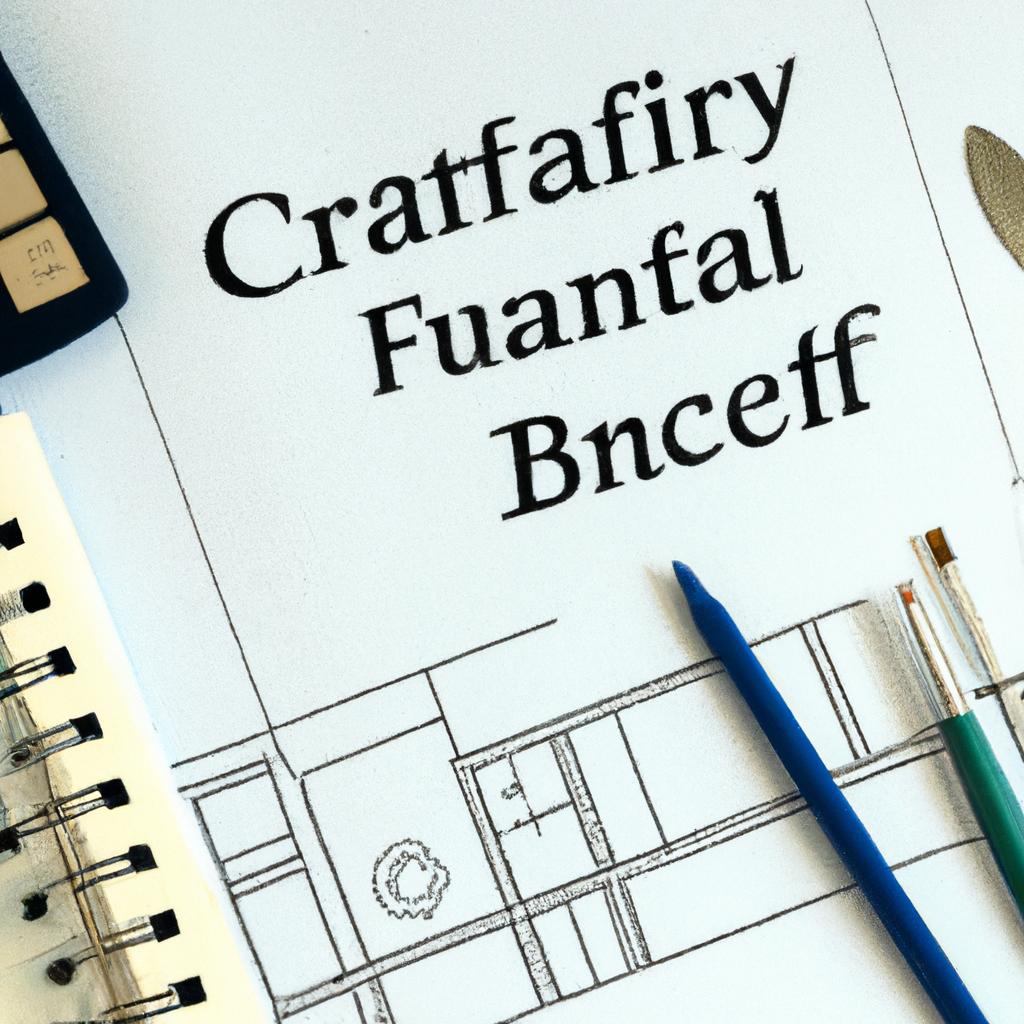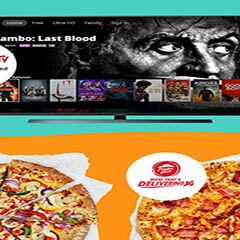In a world where financial uncertainty looms large and the allure of spontaneous spending can seem irresistible, mastering your finances has never been more essential. Enter the budget: not just a mere list of numbers but a powerful tool that, when wielded effectively, can transform your relationship with money. Crafting a budget is an art—one that requires not just skill, but also a touch of creativity, foresight, and discipline.
In this article, we will explore the intricate dance of creating a budget that aligns with your unique lifestyle and aspirations, while also delving into strategies for adherence that turn intentions into habits. Whether you’re looking to save for a dream vacation, pay off debt, or simply gain better control over your spending, learning the art of budgeting is the first step toward financial empowerment. Join us as we unlock the secrets to not only creating a budget but also making it a steadfast ally in your journey to financial mastery.
Crafting Your Financial Blueprint: Essential Steps to Build an Effective Budget
Creating a financial blueprint begins with understanding your current financial landscape. Start by **evaluating your income** sources, encompassing your salary, bonuses, and any side hustles you may have. Next, embark on a thorough **assessment of your expenses**, categorizing them into fixed and variable costs. It’s vital to track both necessary expenditures (like rent, utilities, and insurance) and discretionary spending (such as dining out and entertainment). Once you have a clear picture, you can set specific financial goals, whether it’s saving for a trip, paying off debt, or building an emergency fund. Consider implementing the following steps:
- Set Clear Goals: Define short-term and long-term financial objectives.
- Create Spending Categories: Break down your budget into manageable parts.
- Prioritize Needs vs. Wants: Distinguish essential expenses from lifestyle choices.
- Track Progress: Regularly review and adjust your budget to stay on track.
As you formulate your budget, it can be helpful to visualize it. Here’s a simple table to illustrate possible categories and their allocation:
| Category | Percentage of Income |
|---|---|
| Housing | 30% |
| Utilities | 10% |
| Groceries | 15% |
| Savings | 20% |
| Entertainment | 10% |
| Miscellaneous | 5% |
Following these detailed steps will empower you to take control of your finances, guiding not only towards a sustainable spending plan but also ultimately leading to financial independence.

Staying on Track: Strategies for Maintaining Financial Discipline and Achieving Your Goals
To effectively manage your finances, establishing a solid routine is paramount. Begin by tracking your expenses consistently—this creates awareness of your spending habits and identifies potential savings. Consider implementing the following tactics:
- Set clear, achievable goals: Define both short-term and long-term aspirations, such as saving for a vacation or retirement.
- Create a budget: Use the 50/30/20 rule as a guide—allocate 50% of your income to needs, 30% to wants, and 20% to savings or debt repayment.
- Automate savings: Set up automatic transfers to your savings account to ensure you’re consistently putting money aside.
- Review and adjust: Regularly assess your budget and spending to make necessary adjustments, ensuring you stay aligned with your financial objectives.
By integrating these strategies into your daily routine, you’ll find that financial discipline becomes increasingly manageable, allowing you to achieve your financial dreams with confidence.
Insights and Conclusions
mastering your finances is not merely a skill; it is an art—a dance between discipline and freedom, structure and spontaneity. By creating and adhering to a budget, you empower yourself to navigate your financial landscape with confidence and clarity. The process may seem daunting at first, but as you refine your technique, you’ll find that budgeting becomes less of a chore and more of a rewarding practice that opens doors to new opportunities. Remember, a budget is not a cage, but a framework that supports your aspirations and dreams. As you take these strategies into account, embrace the journey of financial mastery with patience and persistence. Your future self will be grateful for the stability and security you cultivate today. So, gather your tools, sketch your financial masterpiece, and step boldly onto the path of financial wellness. The canvas awaits.










